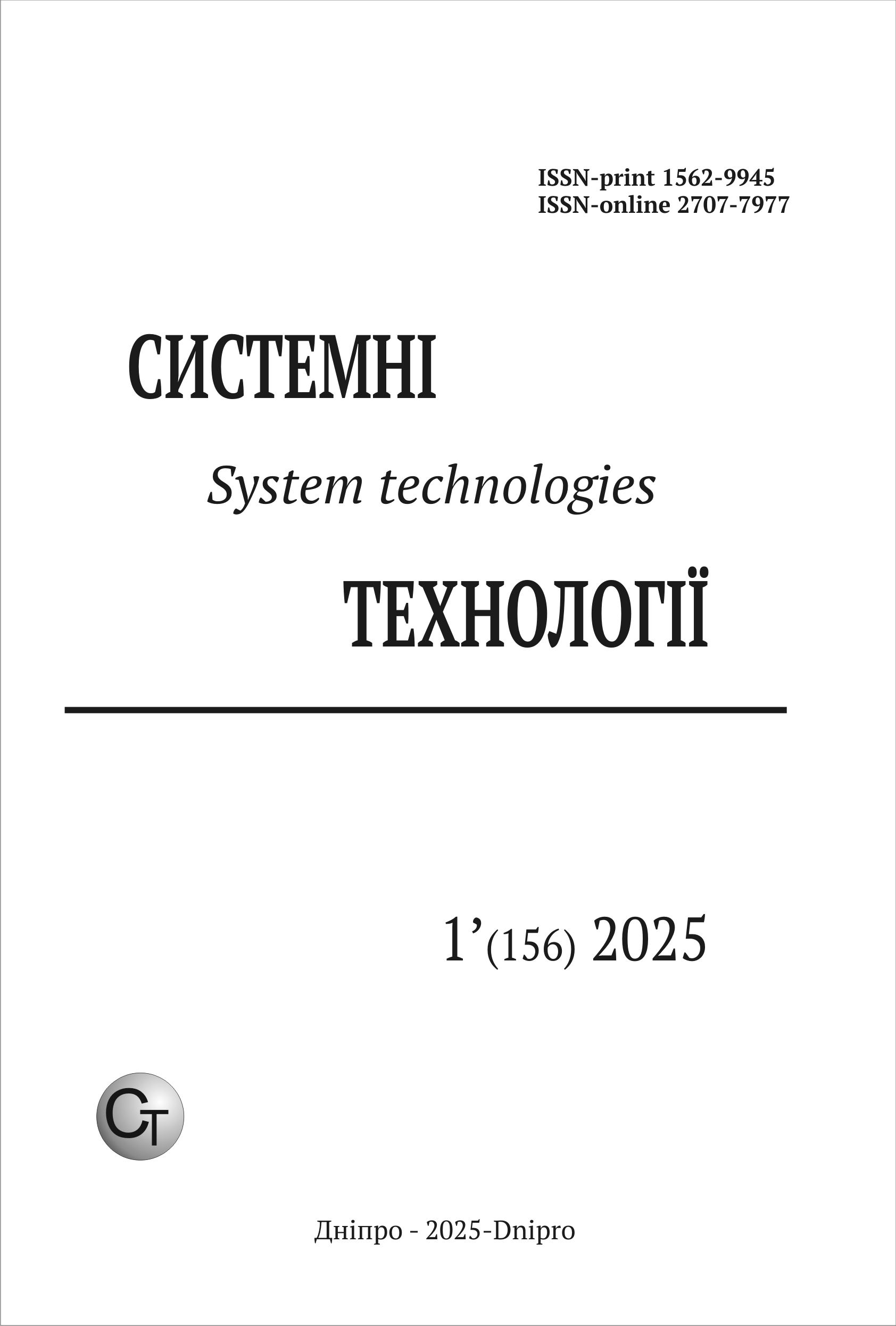Analysis and justification of the selection of software tools for modeling and automated control of recirculating water supply systems in mining and processing enterprises
DOI:
https://doi.org/10.34185/1562-9945-1-156-2025-07Keywords:
recycled water supply systems, mining and processing enterprises, modeling, hydrodynamic processes, numerical methods, turbulence modeling, software, filtration processesAbstract
This study provides a systematic analysis of software solutions used for modeling and managing recirculating water supply systems. The research focuses on identifying computational tools that are best suited for simulating complex fluid dynamics, turbulence effects, and filtration processes within these systems. The primary objective is to justify the choice of software based on its functional capabilities, accuracy in replicating real-world conditions, and potential for integration into industrial automation frameworks. The methodology involves a comparative evaluation of existing modeling platforms, assessing their numerical algorithms, interface design, computational efficiency, and adaptability to the specific requirements of mining water management. Expert analysis is applied to determine the advantages and limitations of different software packages in terms of precision, scalability, and ease of implementation. Key factors considered include the ability to model multiphase flows, predict contaminant transport, and optimize filtration strategies. The results highlight the strengths and weaknesses of various software tools, providing practical recommendations for their application in system design, process optimization, and operational management. The findings contribute to improving decision-making in the selection of digital solutions for water resource management, leading to enhanced automation, cost-effectiveness, and environmental sustainability. By offering a structured evaluation of modeling and automation tools, this research supports engineers and decision-makers in implementing more effective recirculating water supply systems. The proposed approach facilitates improved process control, reduces water consumption, minimizes pollution risks, and enhances the overall sustainability of mining and processing operations.
References
Ferziger H. J., Peric M. (2002). Computational Methods for Fluid Dynamics. Springer-Verlag, Berlin, pp. 329–364. DOI: 10.1007/978-3-642-56026-2.
Versteeg H. K., Malalasekera W. (2007). An Introduction to Computational Fluid Dynam-ics: The Finite Volume Method. Pearson Education.
Roache P. J. (1998). Verification and Validation in Computational Science and Engineer-ing. Hermosa Publishers.
Li Z., Bouscasse B., Ducrozet G., Gentaz L., Le Touzé D., Ferrant P. (2021). Spectral Wave Explicit Navier-Stokes Equations for wave-structure interactions using two-phase Computational Fluid Dynamics solvers. Ocean Engineering, 221, 108513. DOI: 10.1016/j.oceaneng.2020.108513.
Cotas C., Silva R., Garcia F., Faia P., Asendrych D., Rasteiro M. G. (2015). Application of Different Low-Reynolds k-ɛ Turbulence Models to Model the Flow of Concentrated Pulp Suspensions in Pipes. Procedia Engineering, 102, 1326–1335. DOI: 10.1016/j.proeng.2015.01.263.
Meftah Almukhtar N., Othman M. H. D., Tai Z. S., Kurniawan T. A., Puteh M. H., Jaafar J., Rahman M. A., Ismail A. F., Rajamohan N., Abdullah H., Wong K. Y. (2024). Recent strategies for enhancing the performance and lifespan of low-cost ceramic membranes in wa-ter filtration and treatment processes: A review. Journal of Water Process Engineering, 62, 105399. DOI: 10.1016/j.jwpe.2024.105399.
Pal S., Kottam R. R., Lambert M. F., Hanmaiahgari P. R. (2024). Estimation of deposit thickness in single-phase liquid flow pipeline using finite volume modelling. Journal of Pipe-line Science and Engineering, 4(1), 100145. DOI: 10.1016/j.jpse.2023.100145.
ANSYS Fluent User’s Guide (2021). ANSYS, Inc.
Devi R., Upadhyaya Y. K., Manasa S., Abhinav, Tripathi A. (2024). Efficient Solar Cell Using COMSOL Multiphysics. In: Shrivastava V., Bansal J. C., Panigrahi B. K. (eds) Power Engineering and Intelligent Systems. PEIS 2023. Lecture Notes in Electrical Engineering, vol. 1097, Springer, Singapore. DOI: 10.1007/978-981-99-7216-6_8.
OpenFOAM User Guide (2020). OpenFOAM. Available at: https://www.openfoam.com/documentation/.
Sun P., Zhao H., Liao L., Zhang J., Su G. (2017). Control system design and validation platform development for small pressurized water reactors (SPWR) by coupling an engineer-ing simulator and MATLAB/Simulink. Annals of Nuclear Energy, 102, 309–316. DOI: 10.1016/j.anucene.2016.12.034.
Downloads
Published
Issue
Section
License
Copyright (c) 2025 System technologies

This work is licensed under a Creative Commons Attribution 4.0 International License.















